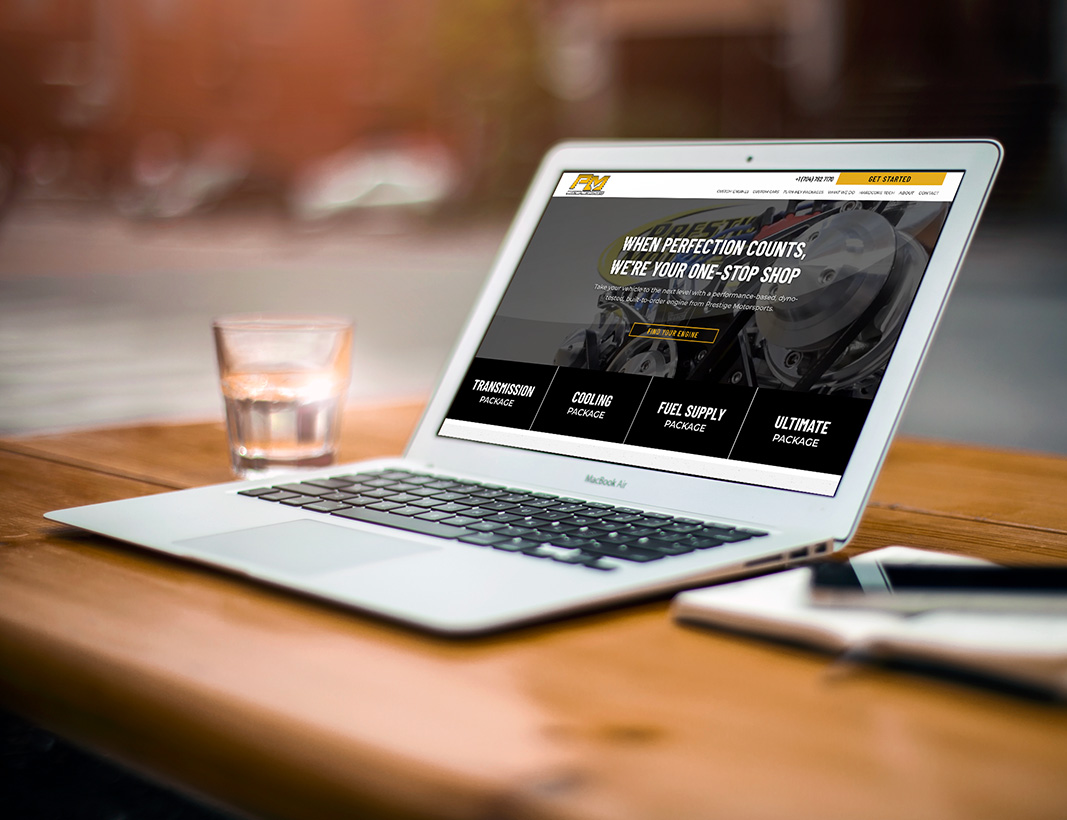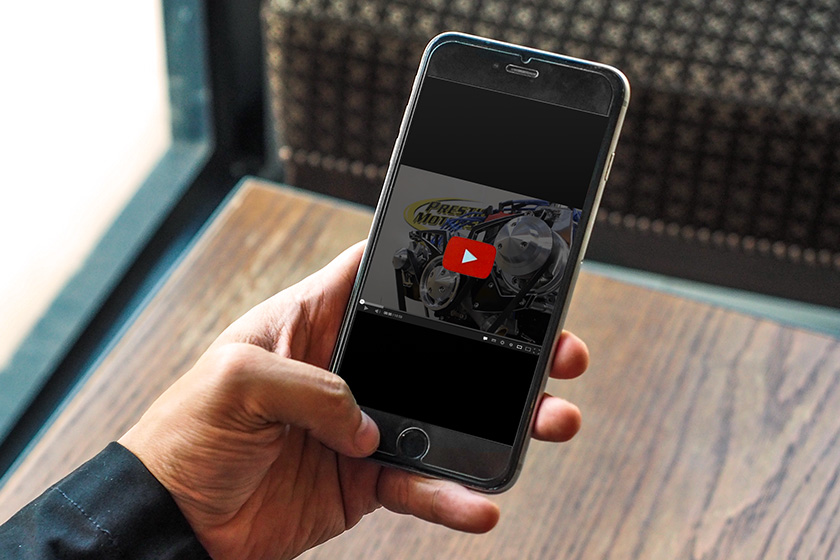It’s not uncommon for hashtags to be used as punchlines or gags—Jimmy Fallon has a recurring Hashtags segment on The Tonight Show, for example—but for those who wish to use social media to boost their business, hashtags are no laughing matter. A hashtag is a kind of online shorthand that transcends social networks—only LinkedIn doesn’t allow for them—and provides an easy way for users to search for and discover your content.
What Hashtags are Good For
And really, that’s what hashtags are all about—providing a means for content discovery and sorting. There’s obviously a lot of content to weed through on any given social network, but hashtags make it easy for users to lock in on posts that fit within a particular trend, topic, or category. For businesses, this provides a way to get your content seen by those who may have an interest in what you’re posting about, but may not be following your company’s regular updates.
That’s to say nothing of hashtags being used for unique branding—for instance, a hashtag custom designed for use with your company’s content, and your company’s content alone.
Hashtags can be useful, then—even essential. To get the most use out of them, however, it’s obviously important to use them properly—something that may seem daunting to those who’ve never waded into hashtags before.
Using Hashtags Effectively
Here are a few tips to help you get started:
Always do your research. Before you commit to a hashtag, do some scanning to see who else is using it—and how. One thing to look for is uniqueness. A company called Ace Plumbing may want to start their own hashtag called #AcePlumbingTips—but what if another company called Ace Plumbing already had that idea? You could inadvertently be boosting their content as well as yours.
Don’t make your hashtags too open-ended. A few years ago, McDonald’s launched a campaign in which they asked users to share their story of dining at McDonald’s, including the #McDStories hashtag with each tale. They got more than they bargained for when users started sharing experiences of contracting food poisoning at Wal-Mart, getting sick in the bathroom, etc. The lesson here? Don’t create a hashtag so vague it could open you up to misuse.
Make your hashtag easy to read. It’s as simple as using capital letters in the right places. #ContentMarketingTips is much easier to decipher than #contentmarketingtips.
Aim for brevity. Remember that a tweet can only contain 140 characters, and even Facebook and Instagram text is usually pretty short. Don’t create hashtags that take up a whole line on the screen.
Capitalize on trends—but only where appropriate. By all means, leverage trending topics to promote your posts—but only when it is relevant and tasteful. Don’t hijack a hashtag that has nothing to do with your brand, and stay away from more solemn topics—national tragedies, disasters, etc.
Track your hashtag success. As with anything else in online marketing, it doesn’t mean much until you invest in analytics. Use a tool like RiteTag, Hashtagify, Tagboard, or a social media dashboard of your choosing.
Hashtags only make sense as part of an integrated marketing strategy, of course, which is a much broader topic. To have that conversation, contact the enCOMPASS team at your convenience.
SHARE THIS ARTICLE:



